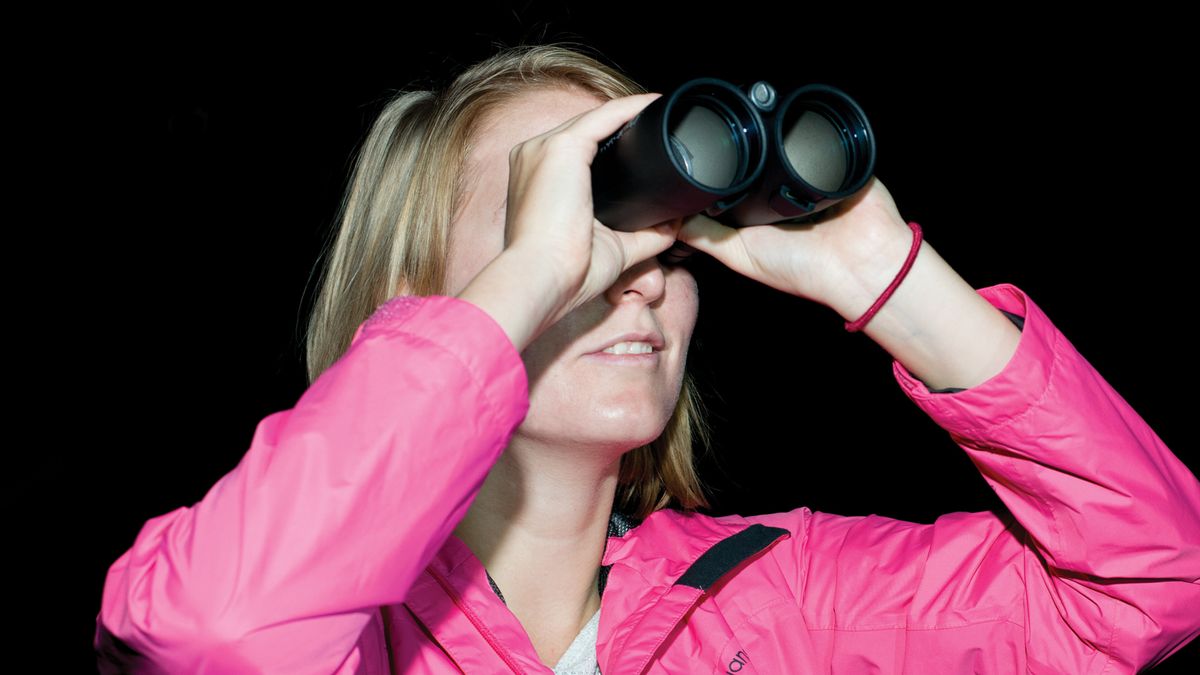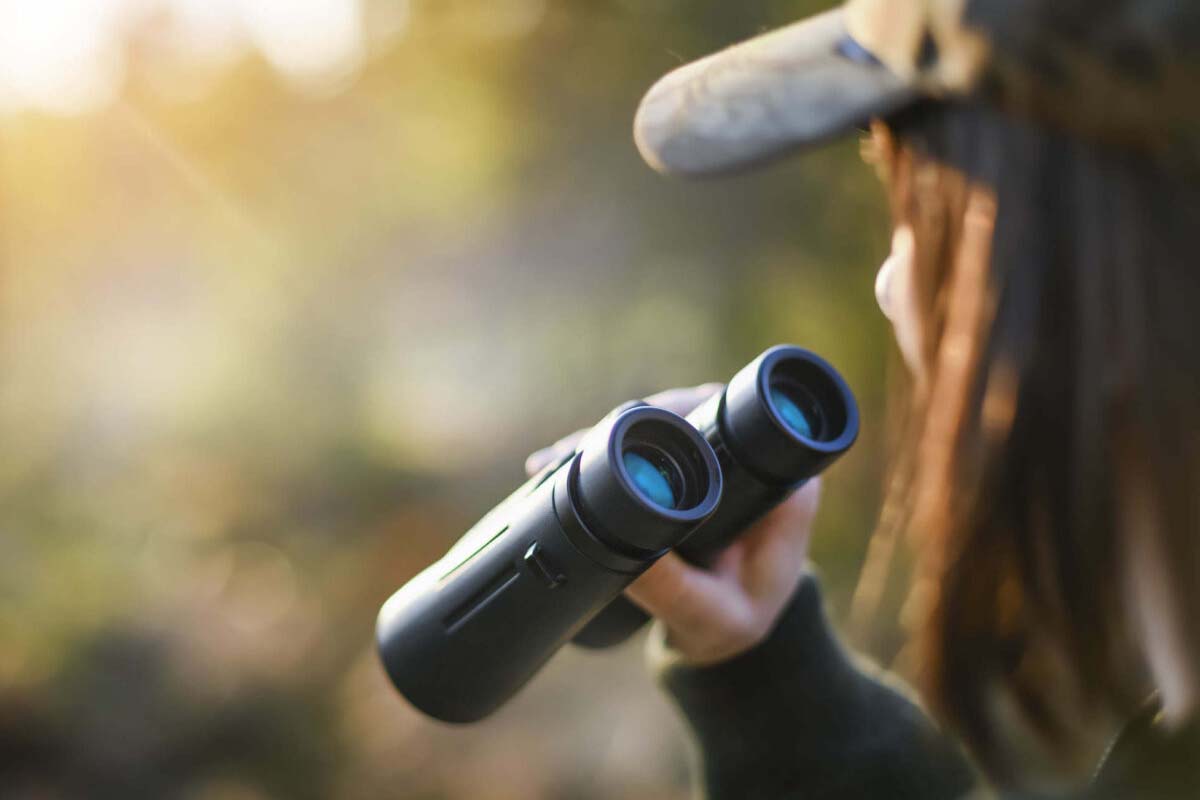Best Binoculars in the World: How to Choose the Right One?
When we think of capturing the beauty of the world through photography, many might forget how much the right equipment can enhance the experience. One tool that professional photographers should never overlook is a quality pair of binoculars. In this article, we will delve deep into the world of binoculars, specifically the best binoculars in the world, and how they can play a crucial role in your photography journey.
Photography is about seeing the world in unique ways, and adding binoculars to your gear can provide you with a fresh perspective. Whether you're shooting wildlife, landscapes, or events, having the right binoculars can help you scout locations and get that perfect shot. Lets explore what makes binoculars magnificent and how to select the perfect pair.

Understanding Binocular Basics
Before diving into the best binoculars in the world, it is essential to understand the different types of binoculars available and their functionalities. The type of binoculars you choose can greatly affect the output of your photography.
Types of Binoculars
There are various types of binoculars, each designed for specific uses:
- Porro Prism Binoculars - Known for their wide field of view and affordability.
- Roof Prism Binoculars - Sleeker and more compact, making them great for on-the-go photography.
- Compact Binoculars - Lightweight and easy to carry, but often sacrifice performance.
- Full-Sized Binoculars - Provide superior optics and performance but can be bulkier.
Key Features of Quality Binoculars
When searching for the best binoculars in the world, there are several key features to consider:
Optical Quality
The optical quality is paramount. Look for binoculars with multi-coated lenses for enhanced light transmission and clarity. High-quality glass, such as ED (Extra Low Dispersion) glass, reduces chromatic aberration.
Magnification and Objective Lens Diameter
Magnification refers to how much closer an object appears. Common magnification values are 8x or 10x. The objective lens diameter, measured in millimeters, affects the brightness and field of view of the binoculars. A larger diameter can gather more light but can also make the binoculars heavier.
Field of View
The field of view (FOV) is crucial for scanning an area quickly. A broader FOV allows you to see more of the scene than with binoculars that have a narrower field.
Durability and Weather Resistance
Professional photographers often work in various environments. Look for binoculars that are waterproof, fog-proof, and shock-resistant to ensure they can withstand the elements.
Top Picks for the Best Binoculars in the World
Now that we understand the key features, lets narrow down some of the best binoculars in the world.
1. Nikon Monarch 7
Renowned for its optical performance, the Nikon Monarch 7 features ED glass and provides a clear and vibrant image.
2. Zeiss Victory SF
The Zeiss Victory SF is a top-of-the-line option, featuring exceptional build quality and superior optics.
3. Leica Noctivid
Known for its brilliant low-light performance, the Leica Noctivid is a luxury choice for serious photographers.
Using Binoculars for Photography
So, how can you integrate binoculars into your photography workflow? Here are a few tips.
Scouting Locations
Use your binoculars to scout out locations before shooting. This allows you to identify the best spots to capture your subject clearly and precisely.
Improving Composition
By using binoculars, you can better compose your shots. Take time to observe the scene through binoculars, looking for interesting angles and elements to include.

Frequently Asked Questions
What features should I look for in binoculars for wildlife photography?
Look for high magnification, excellent optical quality, and durability to withstand outdoor conditions.
Can I use binoculars to see details from long distances?
Yes, binoculars are designed to magnify distant objects, making them ideal for studying wildlife and landscapes.
How do I care for my binoculars?
Keep binoculars in a protective case, clean the lenses with a soft cloth, and store them in a dry, cool place when not in use.
If you're interested in enhancing your photography skills further, check out our related articles on best binoculars for hiking and best binoculars for football games for more insights.

